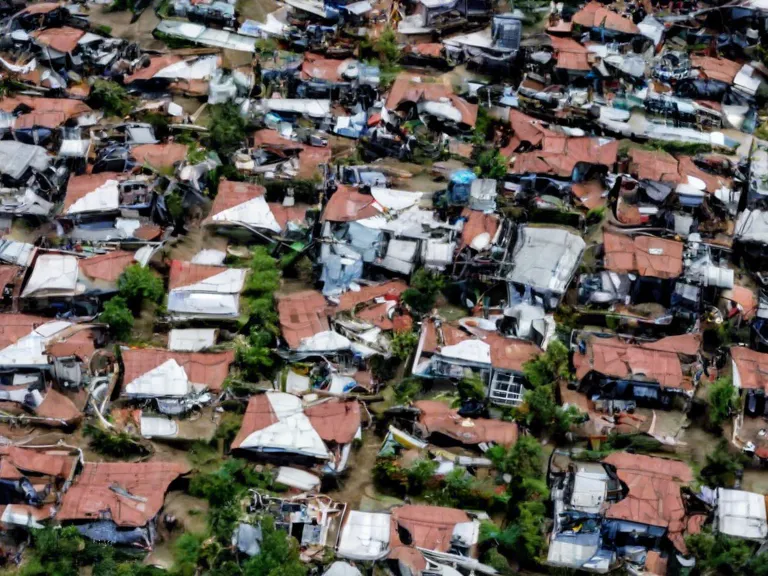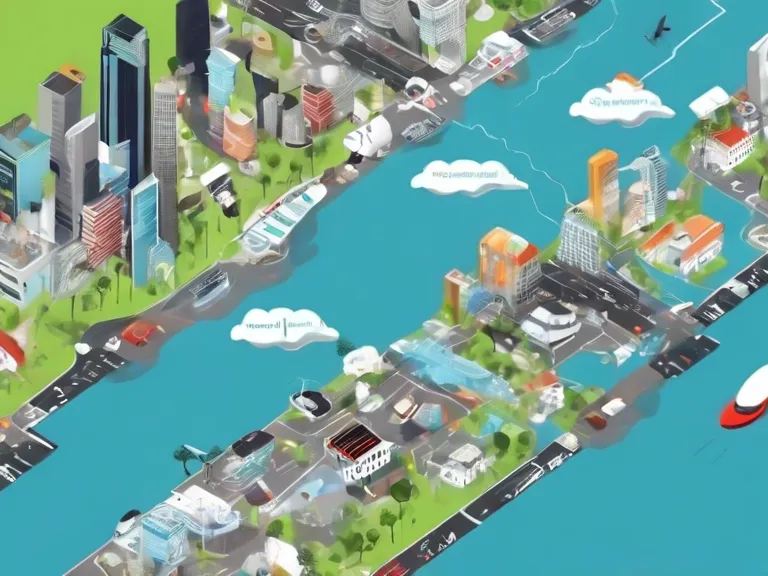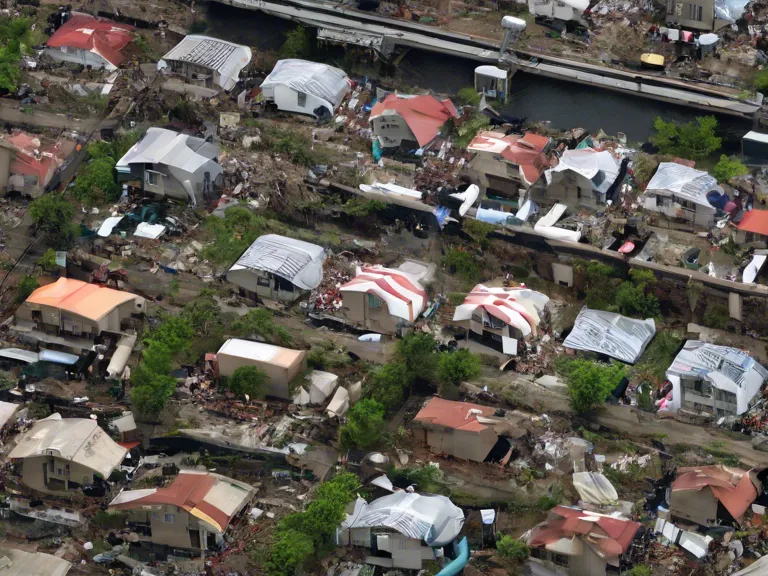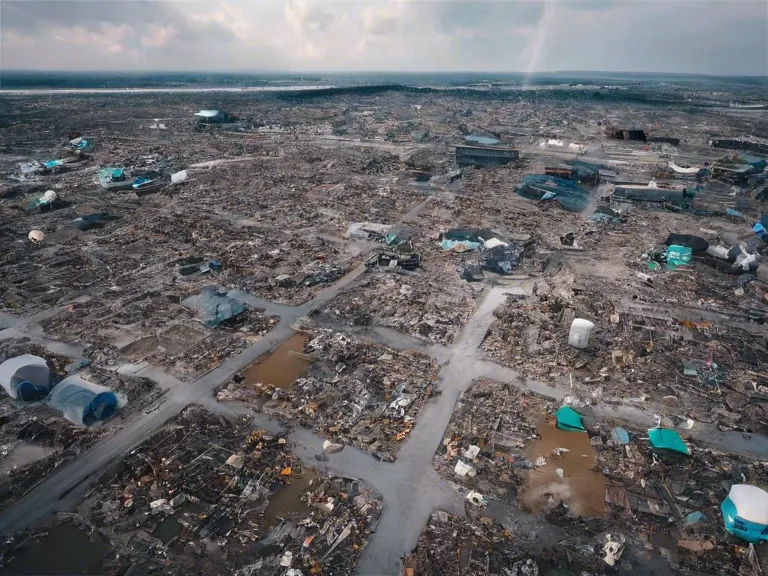
In recent years, the concept of resilience in disaster preparedness has been evolving rapidly, thanks to innovative technological advancements and strategic approaches. From climate change-induced disasters to public health emergencies like the COVID-19 pandemic, the future of resilience is taking shape through cutting-edge solutions and forward-thinking strategies. This article explores how innovation is redefining disaster preparedness and shaping the future of resilience.
One of the key advancements in disaster preparedness is the use of data analytics and artificial intelligence (AI) to enhance early warning systems and response strategies. By analyzing vast amounts of data in real-time, these technologies can predict disasters more accurately and help emergency response teams allocate resources more effectively. AI-powered systems can even simulate disaster scenarios to test and optimize response plans, ensuring better outcomes in real-life situations.
Another innovative approach to disaster preparedness is the integration of Internet of Things (IoT) devices and sensors in infrastructure to monitor risks and vulnerabilities. These smart devices can detect changes in environmental conditions, structural integrity, and emergency situations, allowing for proactive interventions and rapid response when disasters strike. By creating interconnected and responsive systems, communities can become more resilient and adaptable to various threats.
Furthermore, the use of drones and robotics in disaster response has revolutionized the way emergency teams assess damage, deliver supplies, and conduct search and rescue operations. Drones equipped with cameras and sensors can survey affected areas quickly and safely, providing crucial information for decision-making and resource allocation. Meanwhile, robotics technology can assist in removing debris, providing medical assistance, and performing tasks in hazardous environments, reducing risks for human responders.
In conclusion, the future of resilience is heavily intertwined with innovation and technology. By leveraging data analytics, AI, IoT, drones, and robotics, communities can enhance their preparedness for disasters and minimize the impact of emergencies. As the landscape of threats continues to evolve, embracing innovative solutions will be crucial in redefining disaster preparedness and building more resilient societies.



